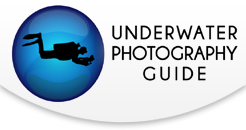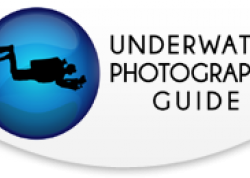Understanding ISO
In the film days, ISO represented a film's sensitivity to light. In digital cameras, ISO works similarly. Light that hits a photodiode is converted to a signal, and this signal is amplified. The higher the ISO, the more the signal is amplified. The net effect is that the camera appears to be more sensitive to light. Base ISO is the ISO (usually ISO 100 or ISO 200) at which a camera has the highest dynamic range, tonal values, etc. Using a higher ISO increases noise, and can decrease dynamic range.
A higher ISO can be used when the desired shutter speed and aperture does not let in enough of light (ambient or strobe light)
A higher ISO will let you use a higher shutter speed, smaller aperture (getting more depth of field), or both.
A higher ISO will reduce strobe recycle time, and save on strobe battery power
Higher ISO's result in more noise, reduced dynamic range and reduced color sensitivity. So you see, there is a cost for these benefits. Every camera will experience different amounts of noise at higher ISO's. In general, the larger your camera's sensor, the less noise at high ISO's. More recent camera sensors are better at keeping noise down than older cameras.
In general, cameras with larger sensors will have less noise at higher ISO's. This is why a Canon 5D Mark IV or Nikon D850 photo can look good at ISO 1600, where a photo from a compact camera at ISO 1600 could look very noisy and grainy.
How to set your ISO underwater
Here's some simple rules for how to set your ISO underwater. Treat these rules as guidelines. It is important to understand the advantages and disadvantages of a higher ISO, so you know when to it.
Don't set your camera on AUTO-ISO, always know what ISO it is using. One exception is if you are shooting ambient light, e.g whale or whale sharks at the surface. You can fix your aperture and shutter speed, and turn auto-ISO on.
Scenario #1 - you are completely illuminating your underwater subject with the flash or strobe, or you have excellent ambient light. Use the base ISO of your camera. This is usually ISO 100, but can be ISO 200 on some dSLRs.
Scenario #2 - you are either shooting ambient light, or your subject is too far away to be completely lit by your strobes. In this case, you must make sure your shutter speed is fast enough to remove camera shake and freeze motion. Review the shutter speed section. If you are shooting wide open (at your largest aperture), usually F2.8, and your shutter speed is not fast enough, you must increase your ISO until you get the required shutter speed. For example, 1/30th for still objects (this will vary depending on the lens you are using), 1/100th for slowly moving objects, 1/200th for fast moving objects.
Ambient Light and Dark Water
Sometimes you will find yourself having to shoot in ambient light in dark water. For example, Orca trips in Norway are popular in the winter, when the sun is low. Light levels are very low, so in order to get a fast enough shutter speed, your ISO must be set very high, between 3200 and ISO 12,800. Because of this, using a camera that has low noise at that level, like a full-frame camera, is very important.
Further Reading
Underwater settings for macro and wide-angle
Top 5 settings that will improve your underwater photography

RECOMMENDED ARTICLES
SUPPORT THE UNDERWATER PHOTOGRAPHY GUIDE:
The Best Service & Prices on u/w Photo Gear
 Visit Bluewater Photo & Video for all your underwater photography and video gear. Click, or call the team at (310) 633-5052 for expert advice!
Visit Bluewater Photo & Video for all your underwater photography and video gear. Click, or call the team at (310) 633-5052 for expert advice!
The Best Pricing, Service & Expert Advice to Book your Dive Trips
 Bluewater Travel is your full-service scuba travel agency. Let our expert advisers plan and book your next dive vacation. Run by divers, for divers.
Bluewater Travel is your full-service scuba travel agency. Let our expert advisers plan and book your next dive vacation. Run by divers, for divers.





























